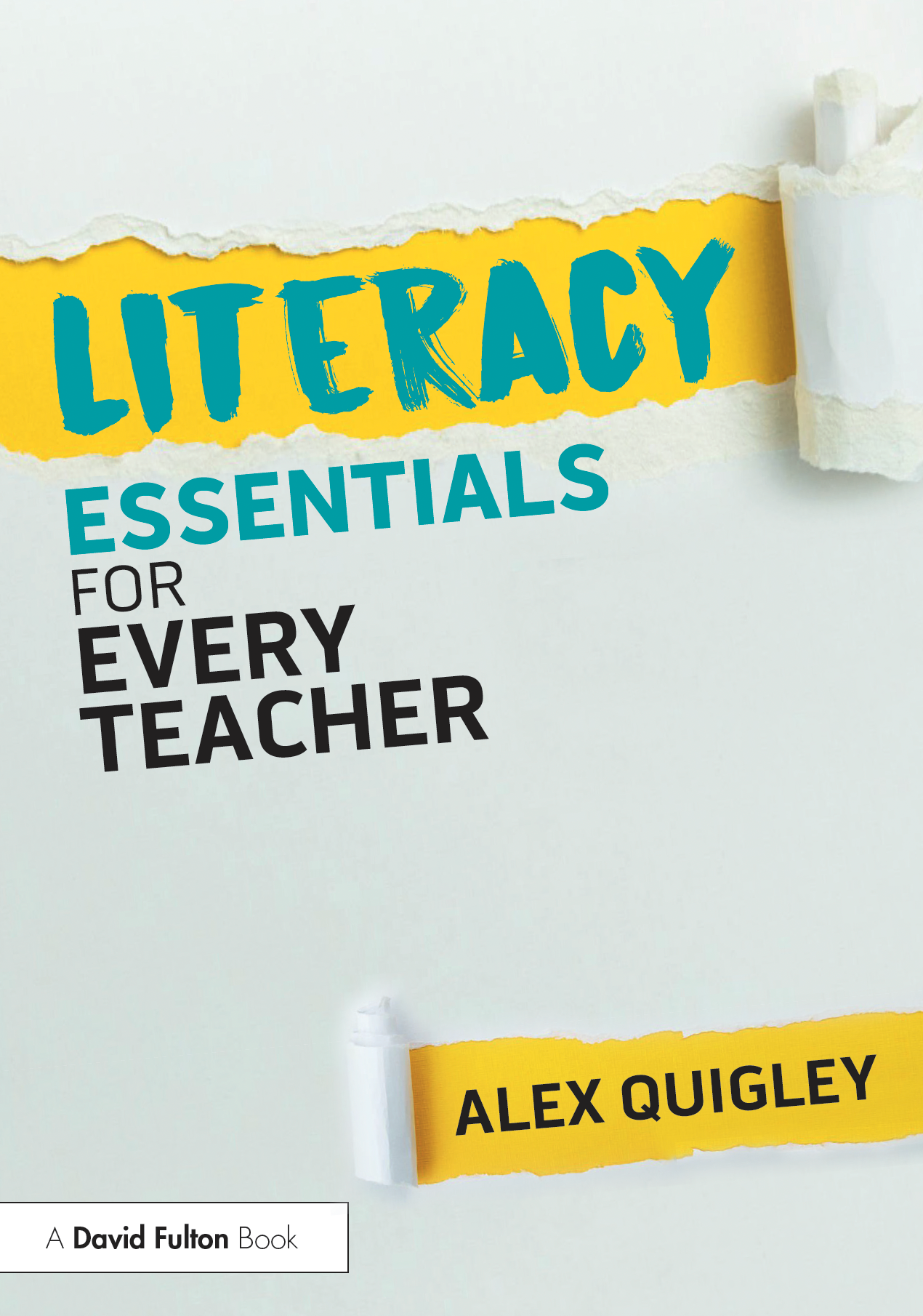A quick question:
“How many animals of each kind did Moses bring onto the Ark?”
Did you get it right? Two. Of course. Er, not quite. If you didn’t notice already, there is a fundamental error evident in the question. The answer is zero. Noah was at the helm of the Ark, not Moses. This common mental mishap is an example of the ‘Moses illusion‘ (Erickson & Mattson, 1981). This easy mistake is an example of how our brains are inherently lazy, seeking the ease of unthinking autopilot to chart our way through each and every day.
Daniel Kahneman, in his seminal text, ‘Thinking Fast and Slow‘, and Malcolm Gladwell, in ‘Blink‘, have both popularised our increasing knowledge of the flaws in our thinking and the intricate workings of the human brain. Kahneman includes the illusion in his book with a fistful of similar scenarios. The ‘invisible gorilla test‘ has spawned its own YouTube meme, complete with a legion of parodies. The ‘Moses illusion‘ is most interesting to me because it is an example that presents how our knowledge and understanding of language is integral to the way we process our thinking. Excellent brain fodder for an English teacher!
Kahneman’s excellent book puts it best. He divides mental processing into two systems. System one is ‘fast‘ thinking – our predominant state – whereat our mind works automatically and draws answers from habit and memory to save our brains from over-working. System two – ‘slow‘ thinking – is the allocation of more effortful attention. Given challenging problems, or new situations, we switch on system two thinking. The ‘Moses Illusion‘ exemplifies classic system one ‘fast‘ thinking. Our automatic and quick approach to thinking has all kinds of benefits, but it can be flawed and riddled with bias based upon our available, but inevitably limited, prior knowledge.
Why do people fall for his basic question trick? Well, our familiarity with language and sentence structure is partly to blame. It is first the semantic familiarity at the heart of the question – Moses isn’t a giant mental leap away from Noah. If you replaced Moses with Nixon, as researchers trialled, then you can better spot the flawed question. The ease of the simple sentence question structure also beguile us into to thinking that the question itself requires little thought and can be answered with an automatic and ‘fast‘ response. When trials were undertaken with the same question posed in a more complex cleft sentence structure more respondents got the answer right. Their ‘slow‘ brain took over to conquer the slightly increased difficulty. Also, research has proven that similar statements that included rhyming were more likely to be judged as true over non-rhyming structures (McClone and Tofigbakhsh, 2000). Even how fluent a sentence may sound can lull our brains into autopilot mode. It got me thinking…slowly!
Lots of interesting related research to this simple Moses question has been undertaken. When written in a more difficult to read font, respondents answer the question correctly more often (see the research here). Again, when questions are seemingly easy, with fonts seemingly clear, we turn on our mental automatic pilot. When faced with even small difficulties, like an awkward font, or a more challenging sentence structure, then we think harder and override our automatic responses. In similar research, Reber and Schwarz (1999) found that statements were more likely to be judged true when the color contrast of the print font made them easy to read. Fluency and ease makes us think less critically. Difficulty challenges us more, but gets us thinking harder. Thinking harder helps us remember better.
Some completely unscientific research I undertook was asking the Moses question to a group of sixth form students from a variety of schools in York. Interestingly, most students spotted the fallacy; however, all the students who knew me as a teacher got the answer wrong! When presented with an authority figure we trust, once more our ‘fast‘ thinking kicks in and we give our critical faculties a rest.
This little illusion then presents lots of useful pointers for teachers, from the font we chose, to the questions we formulate. Perhaps we should consider that challenge and difficulty can have learning gains and not simply be a barrier to learning, as Robert Bjork’s defined with his idea of ‘deliberate difficulty‘. We need to maximise difficulty, whilst of course striking a balance that doesn’t see students lose all motivation. Also, we should consider our questions carefully. You can see how easily students can misapprehend a seemingly simple question due to a whole host of reasons.
Getting students to think carefully about questions they are answering (particularly under the pressure of exam conditions) is crucial. Getting them to recognise the flaws in their naturally lazy brains can be useful and instructive. Getting them thinking harder is better for deep learning.
So let’s get our students looking out for Moses!
Related posts:
This post catalogues our many cognitive biases that beset our decision making – see here.
This post ranges across some interesting ideas and links about learning about the brain – see here.






Comments